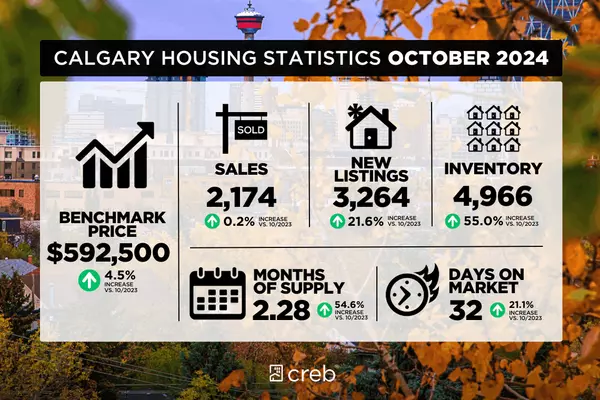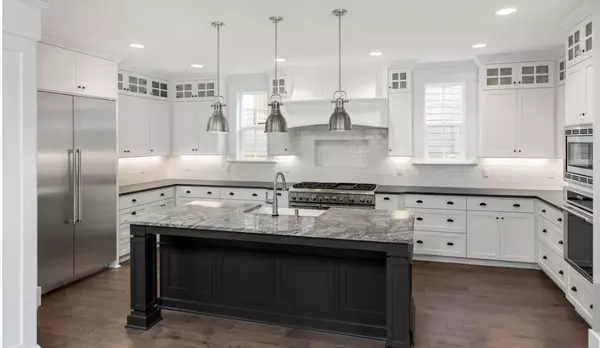
4 Features That Really Make a Living Room
Whether you’re staging to sell or looking for your dream home, the living room can be an overlooked space. People often talk about the kitchen as being “the heart” of the home, but the living room gets a lot of use too, from eating, to entertaining, to relaxing. Here are features that make a memorable living room you’re sure to want to spend time in: Flexible LayoutPeople often have different ideas of what makes a great living room and sometimes those can evolve over time. A young couple may feel very differently about their “ideal” living room once they have a couple of kids. For this reason, a space that’s flexible and spacious enough to grow or change its function over time is essential. CharacterUnusual details like stained glass, exposed brick or a fireplace can add warmth and an element of individuality to a standard living room. Built in bookcases or shelving are helpful too and add as much function as they do uniqueness. Anything that shuns the classic cookie-cutter design we sometimes see in Canadian homes is sure to grab the eye. Different ZonesPeople use their living rooms for different things. While it can be nice to park a spacious couch in front of a feature wall and mount a big-screen television, it’s equally nice to break your furniture up so there are different zones: for conversation, gaming or a cozy reading nook, for example. Sometimes the best living rooms aren’t about expensive furniture or soaring ceilings (although those can help, especially when you’re selling). Instead, they’re about features that enhance the flow and function of a room.

Red Flags Your Real Estate Agent Knows to Check For
Whether you’re looking to buy a new home or making sure yours is up to code before you sell, it pays to think about the inner workings of the space. No buyer wants to purchase a home that needs an unexpected major renovation, and no seller wants to get a lower sale price for a home that’s not well-maintained. Don’t be surprised if your REALTOR® asks about any of these: Is your plumbing up to snuff?Leaky pipes under the sink or water stains on your ceiling might indicate a problem with plumbing and your buyer is sure to notice. At best, these can cause unpleasant smells and take time to fix, while at worst they can cause major foundational damage and require thousands of dollars to repair. To avoid this, consider having a licensed plumber inspect the home before you buy or sell. Is your HVAC system doing its job?The purpose of an HVAC is to heat and cool your home as necessary. If your home never seems to get warm or is sweltering when it shouldn’t be, this could mean your HVAC system needs to be serviced. At worst, it might need replacing altogether, which can cost thousands. Head this off at the pass by having your system checked annually and changing your filters as recommended by a service provider. Is your roof in good repair?Selling your home when the roof is due for a major repair can seriously impact the leverage you have when negotiating. Make sure your roof is inspected every few years, especially after a major storm, which are common in many parts of Canada. This goes for the roof of a freestanding garage or any other dwelling on your property. Are there any electrical problems that you know of?Even if your lights seem to work just fine, electrical systems, like any kind of system, can experience wear or tear over time. In addition, today we require outlets or power for many more things than ever before, like multiple computers, home assistive devices and high-efficiency appliances. Many houses were not designed to accommodate so much electricity. Make sure your home is regularly inspected by a licensed electrician if you have any concerns. Remember: your real estate agent might bring these areas to your attention, but whether you’re a buyer or a seller, it’s your responsibility to have them inspected or maintained.

How to Curb Your Spending
Online shopping and a saturated marketplace have made many things about obtaining goods convenient. Your savings account, however, might not be so excited about the newfound efficiency of the “add to cart” movement. Home furnishings are particularly tempting! What’s one more marble planter or cute boho throw rug, right? If you’re looking to curb your impulse buys, however, try these sneaky tips to retrain your brain: Don’t link your credit card to sites. When your credit card information is saved to a site, buying products is as easy as a single click. No wonder it’s easy to get carried away! Try disabling your credit card number and information from sites that are particularly tempting, so that purchases take a few extra steps, thus giving your brain time to think it over. Give yourself a waiting period. Feel free to “add to cart” at will, but make a time limit before you follow through. Whether it’s 24 hours or a few days, giving yourself time to think the purchase over might dissuade you from pulling the trigger. In fact, you might find yourself so distracted that you forget about it completely! Unsubscribe from tempting emails. Let’s face it, some companies’ email campaigns are good. So good, in fact, that you might find yourself scrolling through your email and clicking on every promotional link you see. Seventy per cent off all summer clothing until midnight? Sign me up! Why not remove temptation altogether by unsubscribing from every brand’s list? Without those in-your-face promotions, you might forget about impulse buying altogether. Impulse buying can be a hard habit to curb. Often, you’ll find it takes a while to kick, the way most bad habits do. But with some diligence and sneaky tips for making it more challenging for you to indulge, you’ll be on your way to more disciplined spending in no time.
Categories
Recent Posts










